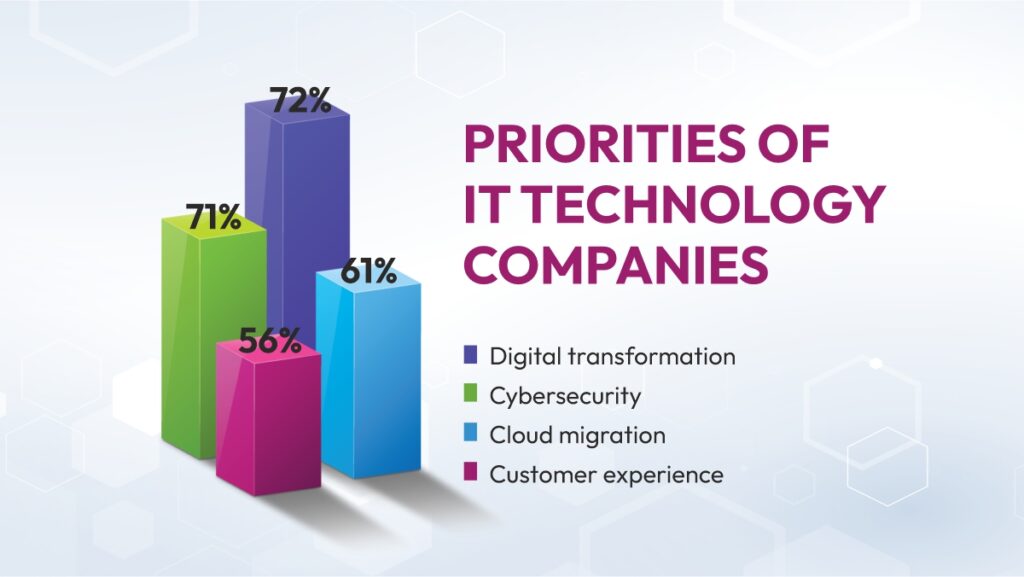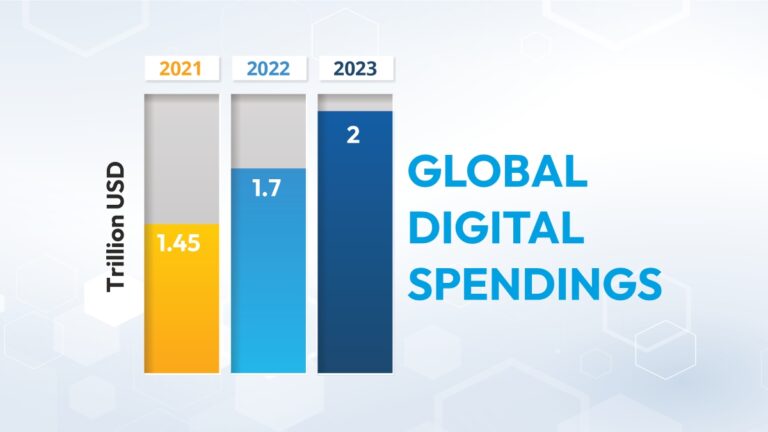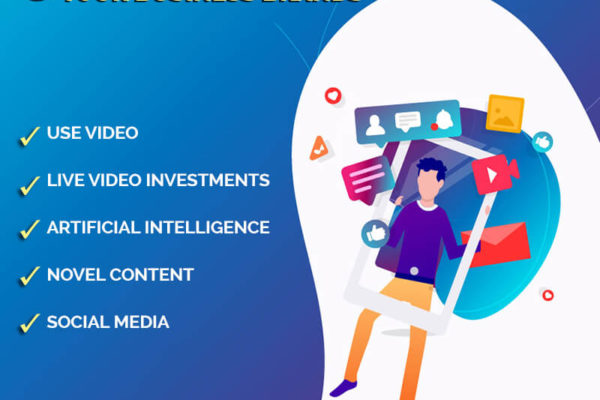Digital transformation is crucial for all businesses, no matter how big or small. That message appears to be coming through loud and clear in every talk, panel discussion, article, and research about how firms can remain competitive and relevant as the world becomes more digital. Many corporate executives are unsure of what “digital transformation” entails. This essay seeks to clarify some of the often asked issues about digital transformation. Because technology is essential to an organization’s capacity to change with the times and continuously provide consumers with more value
Deconstructing Digital Transformation
The integration of digital technology into every facet of a business, which significantly influences how those businesses operate and deliver value to customers, is what we generally mean when we talk about digital transformation. It might be challenging to develop a description that applies to every organization because the digital transformation will appear different for every one of them. Beyond that, a culture shift necessitates constant status quo questioning, frequent experimentation, and tolerance of failure on the part of companies. This might often entail abandoning established business procedures upon which businesses were founded in favor of more recently developed methods.
A company could decide to undergo a digital transformation for a variety of reasons. However, they must: is by far the most likely motivation. It’s a matter of survival. An organization’s ability to respond swiftly to supply chain interruptions, time-to-market demands, and rapidly shifting consumer expectations has become crucial in the aftermath of the epidemic.
Why it is important
Most organizations amass vast amounts of consumer data, but the true advantage comes from utilizing this data for research that may advance the company. A system for acquiring the appropriate data and completely integrating it for business intelligence at a higher level is created via digital transformation.
It creates a process through which several functional departments within an organization may transform raw data into insights across various touchpoints. Consequently, the client experience is represented by a single image of operations, production, finances, and commercial possibilities.
Customer insights may be unlocked via data. You may develop a company plan that is even more centered on your customer by better knowing them and their wants. These insights can promote corporate success by utilizing structured data (personal customer information) and unstructured data, such as social media analytics. Data suggests that strategies deliver more relevant, individualized, and flexible content.
By providing team members with the right tools for their environments, digital transformation fosters a digital culture.These technologies not only make it easier to interact, but they also assist the company as a whole advance digitally. A shift to a digital culture is necessary for companies to continue operating sustainably. It challenges team members to upgrade their skills and learn digitally so they can profit from the digital transition.
Organizations become more agile thanks to digital transformation. Businesses may embrace Continuous Improvement (CI) practices and boost their agility through digital transformation by learning from the world of software development. This opens the door to improvement and fosters a quicker atmosphere for innovation and adaptability.
The correct tech tools combined with efficient workflow may increase productivity. It enables team members to work more productively by automating numerous tedious procedures and connecting data throughout the enterprise.
To integrate operations and facilitate the seamless data flow across all departments, contemporary IT architectures are replacing outdated systems supporting particular business units in firms transforming. According to experts, this end-to-end digital technology strategy has assisted CIOs and other executives in eliminating redundant and unnecessary technologies and the expenditures that go along with them. In addition, on-demand computing resources and as-a-service platforms have assisted organizations in making the most of their technology investments by supplying the exact amount of computing power required at the time, as opposed to paying for extra capacity only to handle infrequent spikes in usage.
Customer Experience
One of the top advantages of digital transformation is the potential to enhance customer experience by converting to a digital organization.Younger generations now have access to cutting-edge digital experiences because of the widespread use of smartphones. They want all businesses to provide the same excellent digital expertise. After downloading an app on their phone, users initially assess the usability of the app to determine how simple it is to use.
Nearly anything can be done online, from banking to food delivery. Therefore your company should ensure that its services can be completed online.Your clients will be happy if you apply digital technologies that provide a great user experience. And if they are so glad, your company is succeeding.
Agility
The main advantage of digital transformation is increased agility and creativity inside a business. A genuinely flexible workplace that enables quick adjustments in times of uncertainty is necessary for a firm to thrive and survive. Resilience, or the capacity to adjust to change while maintaining attention to one’s core goal, is a quality that businesses must nurture.
In today’s linked world, it’s crucial to adjust and react to changing circumstances. Organizations should benefit from all the advantages of digital transformation if executed appropriately.
Shortening product lifecycles is one of digital transformation’s most important advantages. Organizations can commercialize breakthrough items faster if automation and digital technologies are already in place.
In addition to leveraging digital channels to connect with customers, it also involves how the business runs inside. By enhancing cooperation, decreasing time-to-market, and raising consumer involvement, digital transformation may assist in bringing products to market more quickly and incorporating early feedback.
Through the prism of data
In 2021, total spending on digital transformations reached around 1.45 trillion USD, and in the next year, post the initial hit of the pandemic, it came to 1.7 trillion USD in 2022. It is projected that by the end of 2023, it can peak as high as 2 trillion USD. This shows the number of investments and spending flowing into digital transformation tools and techniques.

Now, it is genuine for you to be curious about where the spending flows. Let’s go by the priorities of IT technology initiatives in companies worldwide. It is 72% for digital transformation, followed by cybersecurity at 71%, then comes Cloud migration at 64%, and then improving customer experience at 56%.
Organizations from all around the world are always thinking about the potential of the Blockchain. Following COVID-19, technology has advanced quickly, highlighting the blockchain idea. Although the idea came from an understanding of cryptocurrencies, it is increasingly being accepted and used in various fields, including the design of financial institutions. Blockchain is anticipated to become more widely employed in several industries and might be vital to cybersecurity in the future.
Organizations are increasingly utilizing the cloud platform in the post-pandemic era. Inadvertently, this will fuel the expansion of the multi-cloud system. Multi-cloud solutions will likely become more popular quickly and influence the Digital Transformation process since they can eliminate frequent problems experienced by providers and vendor lock-ins.





